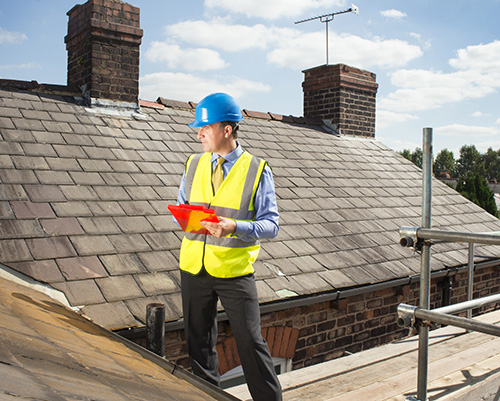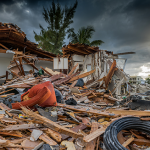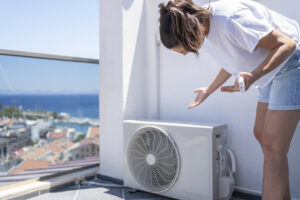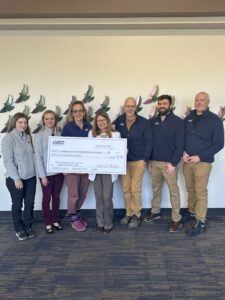June 1st is the beginning of hurricane season for the Atlantic region. One thing professionals in our line of work can guarantee is that most homeowners have not been inspecting their roofs with the change of seasons. Let’s face it – between the expense and sizable commitment of maintaining a roof, it’s certainly understandable that mulching, tidying up the yard and shopping for cheerful annuals or shrubs seems like a more rewarding way to spend a sunny Saturday than examining the roof.
While a roof is most likely one of the most important items protecting a home and single biggest investment, a recent survey found that 69% of Americans admitted that they rarely inspect or hire a professional to inspect their roof in advance of an unpredictable season or change-of-season. Yet roof damage is one of the top three most stressful home emergencies next to burst pipes and flood damage. Believe it or not, a roof inspection by a roofing contractor or qualified inspector is recommended every year.
2021 statistics compiled from the Insurance Information Institute (III) back up such claims concerning property damage caused by roof failures:
Homeowners Insurance Property by Damage in 2021 (III)
| Type of Damage | Percentage of Claims |
| Wind and Hail | 39.4% |
| Fire and Lightning | 24.8% |
| Water damage and freezing | 23.5% |
| Theft | 0.7% |
| Etc. | 9.4% |
Therefore, CED Experts recommend that homeowners not only inspect their roof at the beginning of each season – especially hurricane season and winter – but also after severe weather events such as excessive rainfall, high winds, hail and lightning storms, etc.
According to roof experts, homeowners should ensure that their roof is “weather ready” by performing a “WIN” Test – Walk the attic, Inspect ceilings & Note outside changes.
Walk the attic – Typical warning signs of roofs that are compromised or beginning to show damage can be spotted in the attic. 1). Look for daylight penetrating any roof gaps such as chimneys, soil pipes and vents. 2). Look for moisture on the underside of the roof, staining or mold on the lumbar – all of which denote that there is a leak.
Inspect the ceilings – Homeowners periodically or after a heavy rainfall should go to the highest level of the house and look for staining and/or discoloration on ceilings and hallways. Any color change could be an indication of a leak in the roof or something in need of repair.
Note outside changes – At the start of each season, homeowners should conduct a visual inspection of the roof from the ground level. Things to look for include curling, blistering, damaged or missing shingles. Moss, discoloration, or shiny or sagging shingles are all signs that homeowners should contact a certified roofing company for a more thorough inspection. And don’t forget to inspect gutters to verify they are cleared out enough to allow runoff from the roof to properly drain.
CED has been providing forensic engineering support for roof failures and storm damage for over 35 years. Our engineers provide close-up inspections or what is referred to as “Boots on the Roof” inspections along with contemporary tools such as drone and videography to document and assess roof damage. For more information about our services, reach us on the web at www.cedtechnologies.com.






